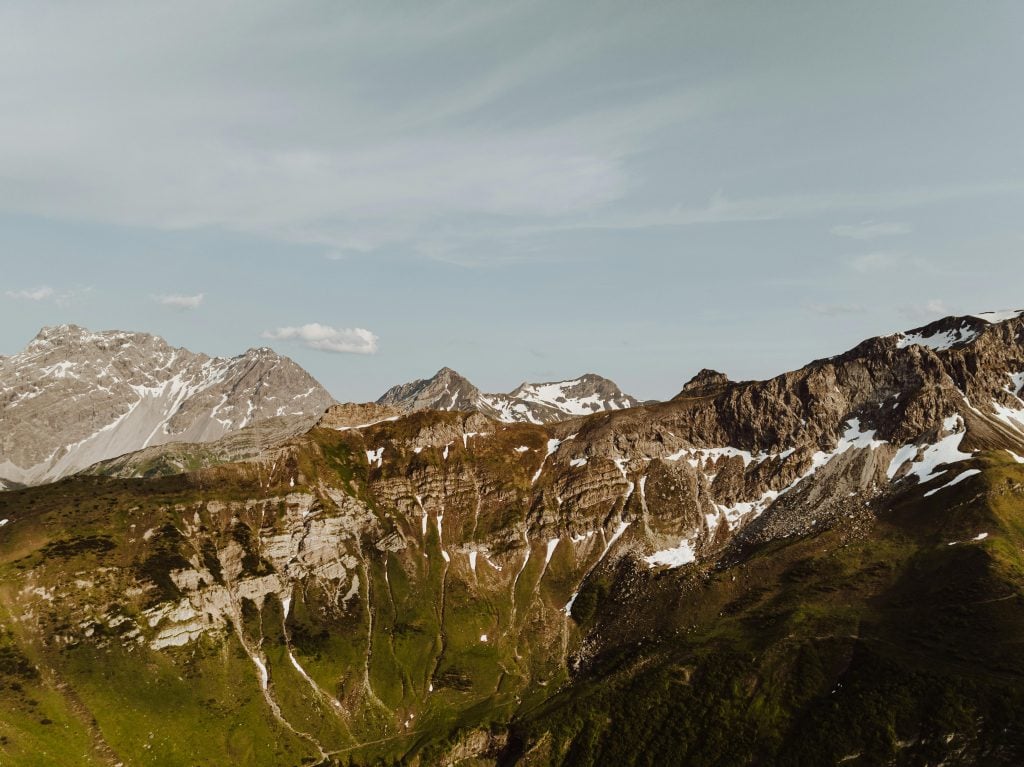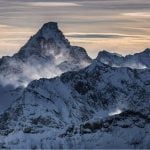Highest Mountains in the Liechtenstein
Liechtenstein, a small country nestled at the foot of the Alps, may be small in size, but it offers a paradise for nature lovers with its breathtaking mountain landscapes and diverse mountaineering routes. Peaks like Grauspitz, Naafkopf, Hinterrugg, Augstenberg, and Drei Schwestern present climbing options that cater to all levels of mountaineers. Panoramic views of the Rhine Valley and the surrounding Alps can be enjoyed from the summits. Activities such as mountaineering, hiking, and rock climbing are some of the best ways to experience the beauty and excitement of nature in Liechtenstein.
Grauspitz Mountain: A Challenging Ascent in the Alps
Grauspitz, towering at 2,599 meters, is a formidable peak located in the eastern Alps within Liechtenstein. Renowned for its challenging climbing routes and awe-inspiring panoramic views, Grauspitz attracts experienced mountaineers seeking an unforgettable alpine adventure. The arduous journey to the summit demands a strong physical condition, extensive mountaineering experience, and specialized equipment. The ascent traverses rocky slopes, snowfields, and glaciers, testing the climbers’ skills and endurance. However, the breathtaking views of the Rhine Valley and the surrounding mountain peaks from the summit make the strenuous climb worthwhile. Scaling Grauspitz is not just about reaching the top; it is an exhilarating journey immersed in nature, forging unforgettable memories.
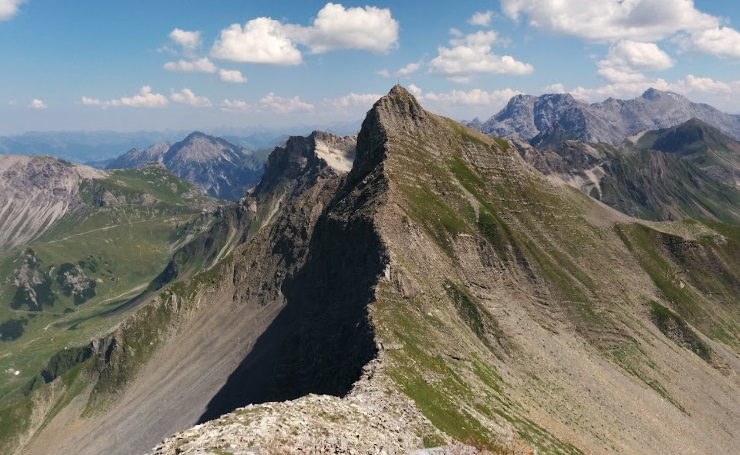
Naafkopf Mountain: Liechtenstein’s Majestic Peak
Naafkopf is a mountain located in the Triesenberg municipality of Liechtenstein. At 2,570 meters high, it is the second highest mountain in the country. The summit can be reached via a 4-hour hike from the village of Steg or by taking the cable car from Malbun. From the top, you can enjoy panoramic views of Liechtenstein, as well as Switzerland and Austria. The climb is of moderate difficulty and is best done between June and September. It is important to wear sturdy boots and appropriate clothing, and to bring water and food. A cross erected in 1958 stands at the summit. Naafkopf is one of Liechtenstein’s most popular hiking destinations, with thousands of people climbing it every year.
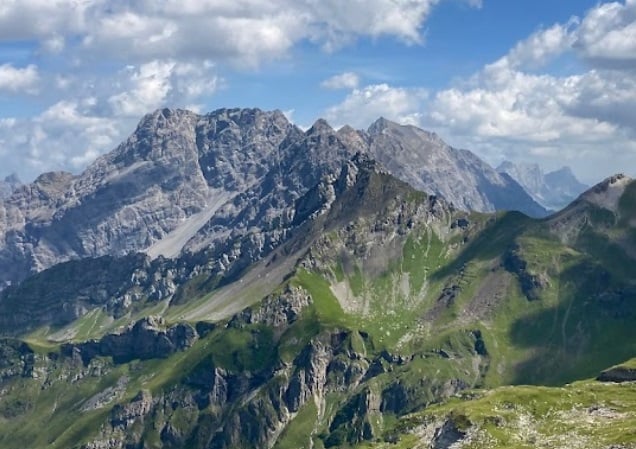
Hinterrugg Mountain: Liechtenstein’s Breathtaking Peak
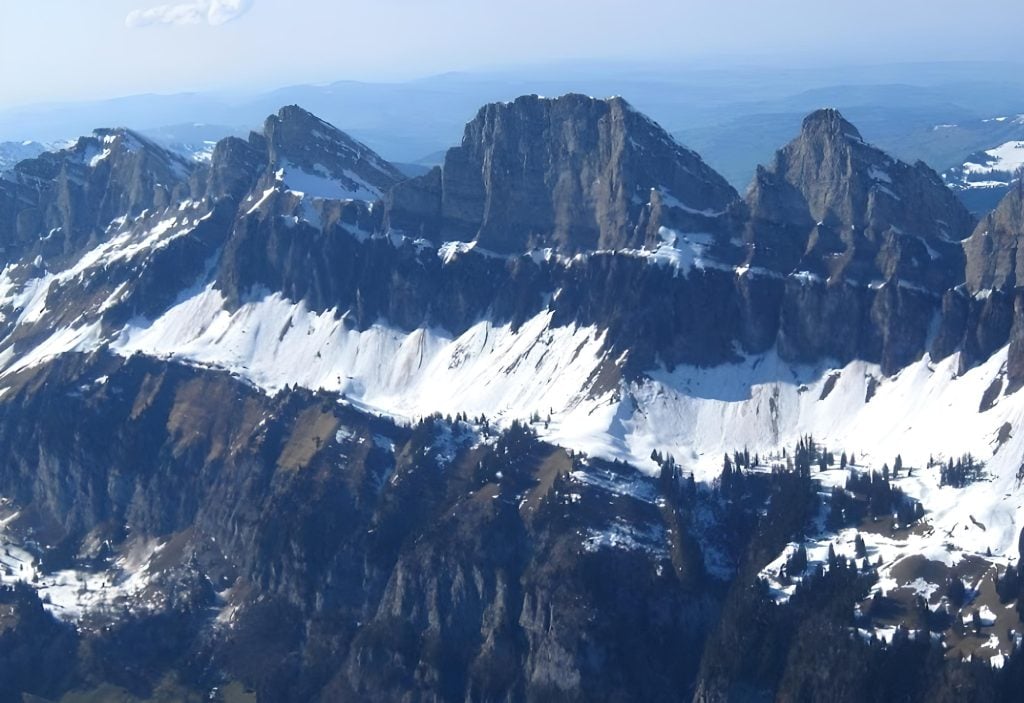
Augstenberg Mountain
Augstenberg Mountain is the fourth highest mountain in Liechtenstein, with an elevation of 2,359 meters (7,740 feet). It is part of the Rätikon mountain range and is located south of the town of Triesenberg and above the Malbun ski resort. The summit can be reached by a relatively easy hike from Malbun that takes about 2.5 hours. From the top of Augstenberg, you can enjoy magnificent views of the Rhine Valley in Liechtenstein and the surrounding Alps. The mountain is also a popular destination for adventure sports such as rock climbing and paragliding. Augstenberg Mountain was first climbed in 1836 by Johann Rudolf Renggli. There is a cross on the summit of the mountain, which was built in 1907. Augstenberg is one of the most popular hiking destinations in Liechtenstein.
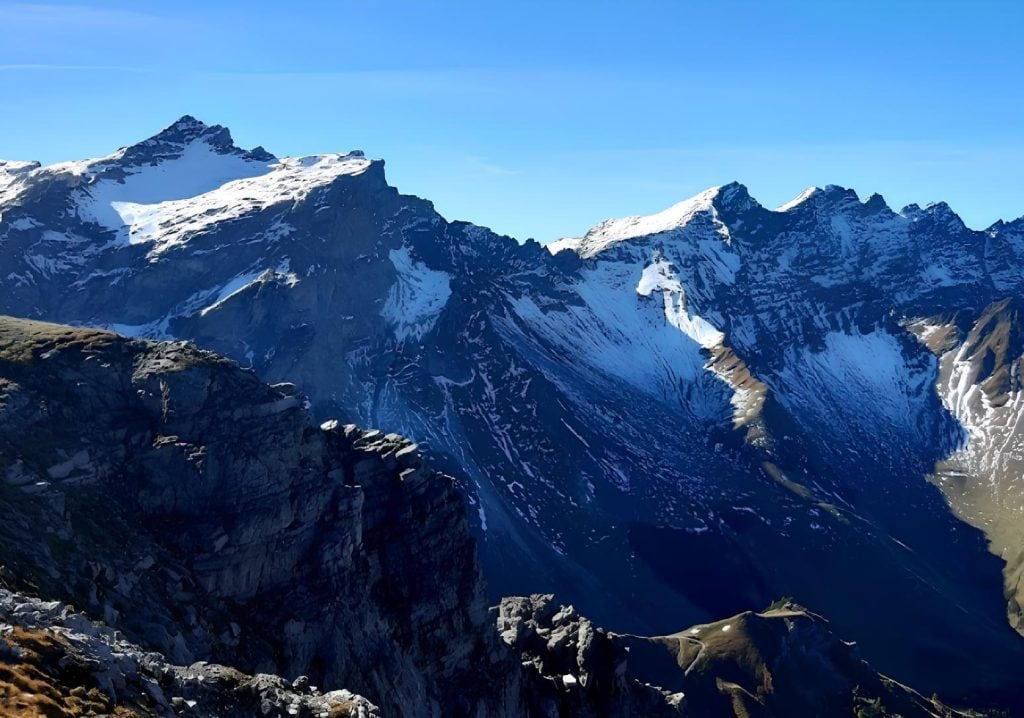
Sulzfluh Mountain
Sulzfluh Mountain is the fifth highest mountain in Liechtenstein, with an elevation of 2,306 meters (7,566 feet). It is part of the Rätikon mountain range and is located southwest of the town of Triesenberg and near the Malbun ski resort. The summit can be reached by a moderate hike that takes about 3-4 hours, starting from either Malbun or Triesenberg. From the top of Sulzfluh, you can enjoy breathtaking views of the Rhine Valley in Liechtenstein, the surrounding Alps, and the Säntis mountain. The summit of Sulzfluh Mountain is the southernmost point of Liechtenstein. The name of the mountain means “snowy rock” in German. Sulzfluh is a popular destination for experienced hikers and mountaineers.
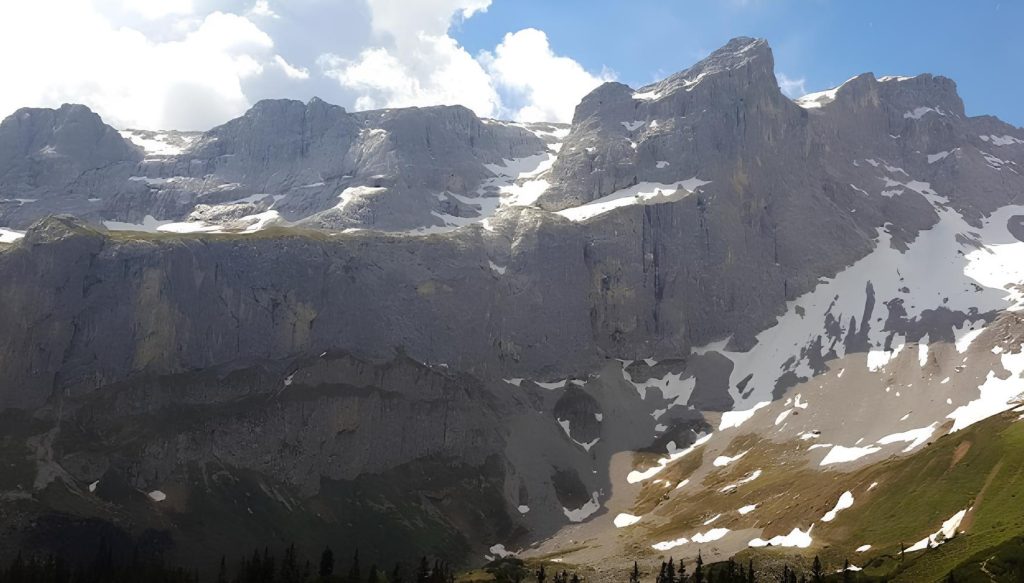
1. What is the highest mountain in Liechtenstein?
2. How many mountains are there in Liechtenstein?
There are over 200 mountains in Liechtenstein.
3. What is the geological structure of the Liechtenstein mountains?
4. What glaciers are there in the Liechtenstein mountains?
5. What is the climate of the Liechtenstein mountains?
6. Which plants and animals live in the Liechtenstein mountains?
7. Which economic activities do the Liechtenstein mountains host?
8. What natural disasters are the Liechtenstein mountains prone to?
9. What efforts are being made to protect the Liechtenstein mountains?
10. Where can I find more information about the Liechtenstein mountains?

